In late December, word went out from Sacramento: The long-anticipated (and in some quarters dreaded) 45-mile Delta tunnel has been approved. Construction presumably was to start soon, whenever that meant.
Related Articles
Elias: California’s mental health Prop. 1 may help fix homeless problem
Elias: California’s groundwater needs to become a priority in Sacramento
Elias: California’s increased housing units haven’t meant lower rents
Yet as a character named Sportin’ Life from the classic musical “Porgy and Bess” noted, “It ain’t necessarily so.” This is despite the pared-down Sacramento-San Joaquin River Delta tunnel project, about two-thirds the size of the twin tunnels once proposed by former California Gov. Jerry Brown, now having all needed state government approvals.
The tunnel’s formal name is the Delta Conveyance Project, and the formal approval announcement from the state Department of Water Resources’ (DWR) claimed it would produce about 500,000 acre feet of fresh water each year in perpetuity for consumers and farmers. That’s in addition to the current take from the Delta on the shores of Solano and East Contra Costa counties. The tunnel would supply water to about 5.2 million people.
“Today marks another significant milestone in our efforts to modernize state water infrastructure and adapt to the challenges of changing precipitation patterns,” said Karla Nemeth, the DWR’s director.
Of course, the larger challenge of the last year or so has been trying to save more water from the far-greater-than-normal rainfalls of an extremely wet winter. Most of the extra water in 2023 flowed out to sea.
The DWR press release claimed the Delta tunnel would take water from the Sacramento River, run it underneath the Delta in 39-foot-high culverts and send it south to farms and cities via the state Water Project.
Of course, saving 500,000 acre feet of new water yearly, as the DWR says the tunnel would do, might also require gigantic new storage capacity, probably necessitating the long-proposed Sites Reservoir just east of the Sacramento River and mostly in Colusa County north of the state capital.
The DWR also announced that the project would protect against earthquakes disrupting water supplies but did not say how. It further claimed that the tunnel would preserve fisheries while providing lasting benefits to local communities within the Delta. These conclusions apparently run counter to what the locals believe, since fishing interests and many Delta residents and businesses oppose the tunnel.
That controversy always dogs California water politics is well known. Mark Twain is famously said to have pronounced, “In California, whiskey is for drinking; water is for fighting over.” Of course, Twain at one time was paid to endorse a Kentucky bourbon, which just might have influenced what he supposedly said.
Brown’s original twin tunnels plan derived from the ill-fated Peripheral Canal project, passed as a law by the Legislature in 1980 and then killed in a resounding 1982 referendum vote. The 93% “no” verdict in the Bay Area and other northern locales at that time was as close as America had seen to the outcome of a Soviet-style plebiscite.
Despite the new state approval, the tunnel project — priced at $16 billion in 2020 estimates and likely to overrun that total by a large margin — still has a long way to go, the Stockton-based group Restore the Delta rejoiced in a competing press release arriving only minutes after the DWR’s celebratory one. Their executive director, Barbara Barrigan-Parrilla, noted that anyone who wants to block the tunnel at least temporarily has until late January to file suit under the California Environmental Quality Act.
“We and our broad coalition … will engage in all necessary processes … to stop the Delta Conveyance Project once and for all,” she said. “Sadly, the (Gov. Gavin) Newsom administration is continuing to waste public dollars and time advancing a project that Californians have rejected for decades and that will not solve our climate water challenge.”
Lawyers have already given notice that they will fight the tunnel on behalf of several local Native American tribes, along with trying to force federal authorities to set scientific standards for “estuary health” before any such project advances.
“Ultimately, the project will die from its own bloated costs,” concluded Barrigan-Parrilla.
Time will tell whether that is correct, but Sportin’ Life’s warning should be noted for sure by anyone reading state government boasts about having approved the gigantic tunnel it proposed.
Email Thomas Elias at [email protected], and read more of his columns online at californiafocus.net.

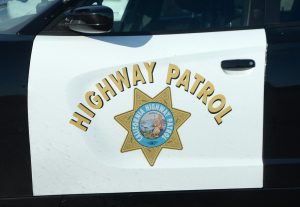


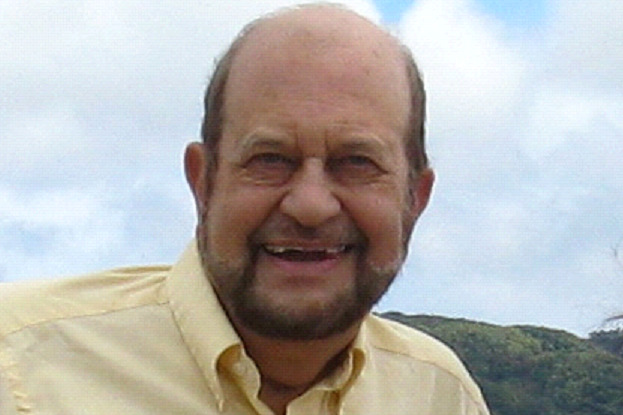

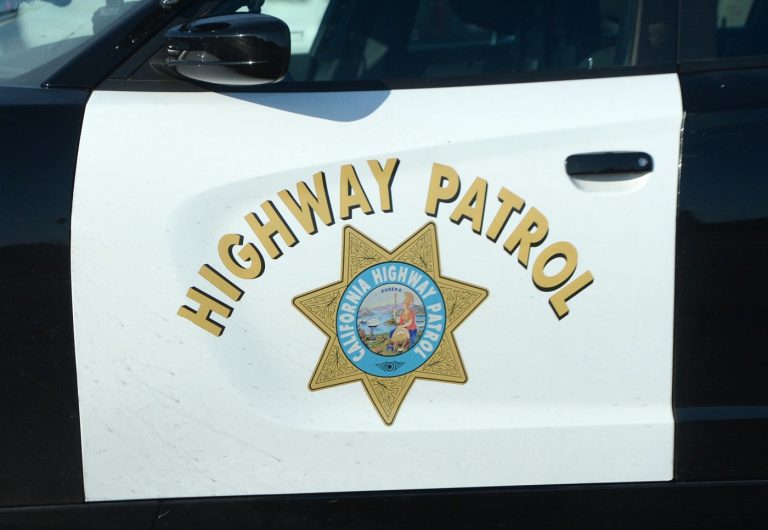
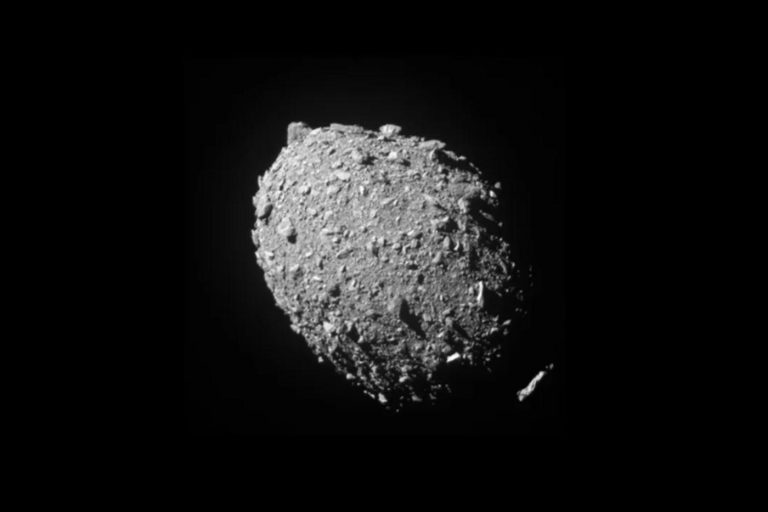


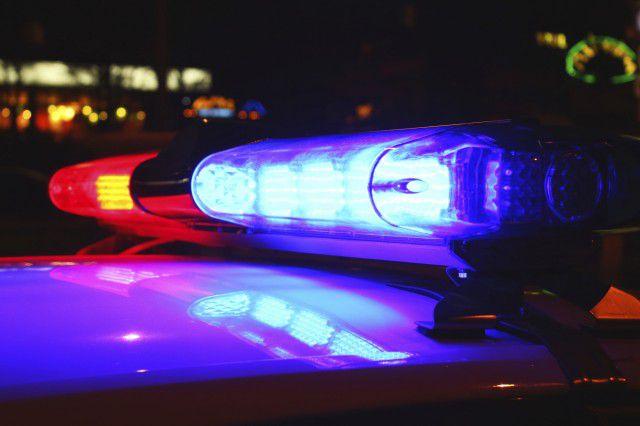
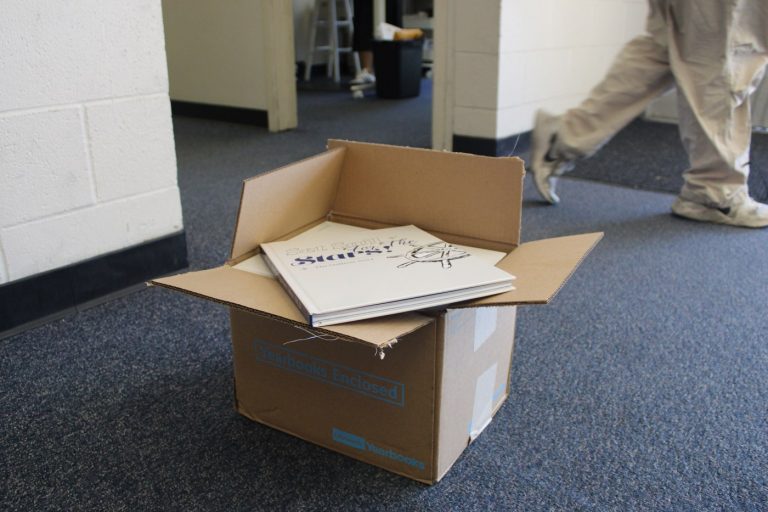
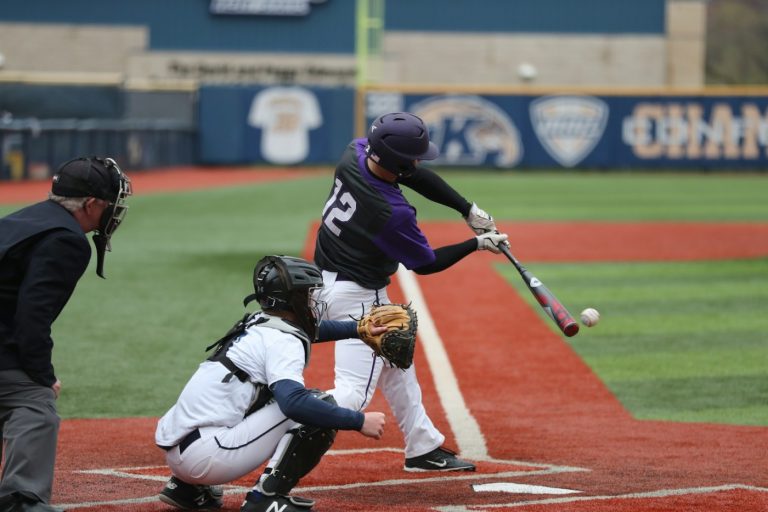
+ There are no comments
Add yours